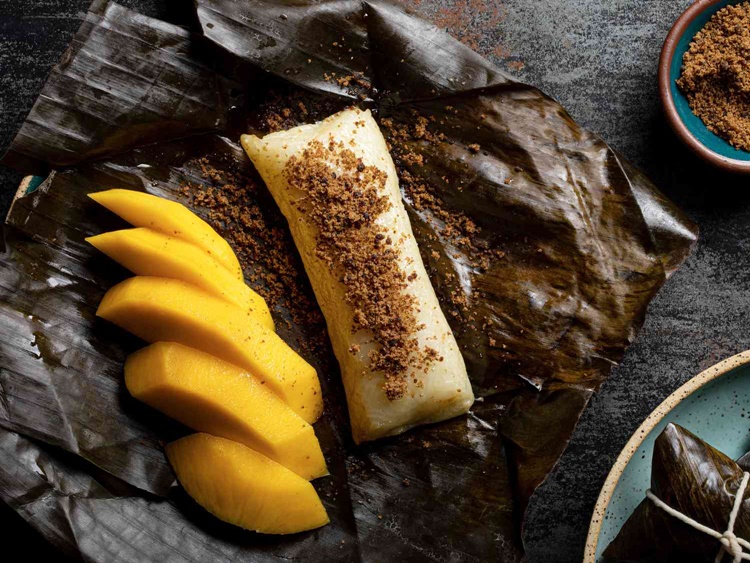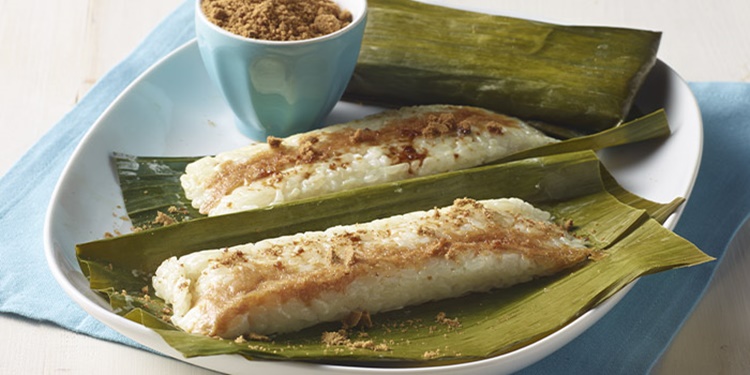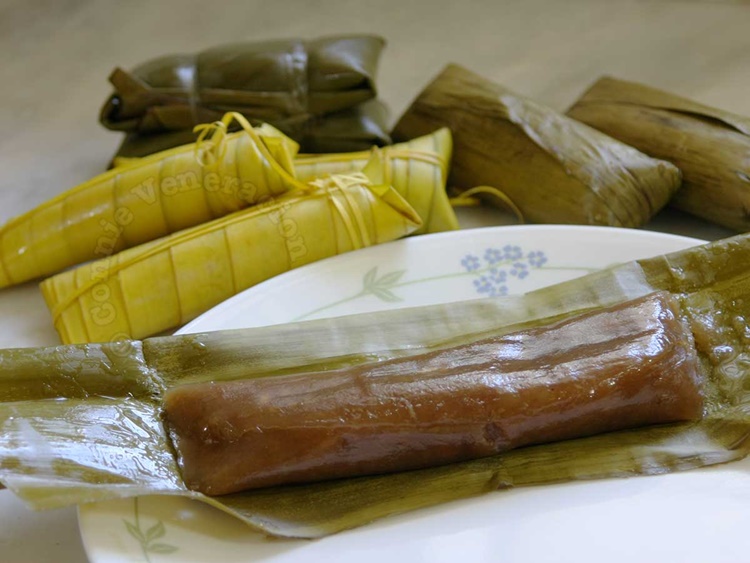SUMAN – Here are some interesting facts about this Filipino rice cake that most of us probably didn’t know.
Suman is a beloved Filipino rice cake made from glutinous rice and coconut milk, traditionally wrapped in banana or palm leaves and steamed to perfection. This traditional snack is not only delicious but also steeped in history and cultural significance.
This rice cake’s roots stretch back to pre-colonial Philippines. Early Filipinos celebrated harvests with this rice cake, which was also used in offerings to spirits and gods. Over centuries, it has remained a beloved part of Filipino life, especially during special occasions.

Suman is a product of Filipino ingenuity, blending glutinous rice with the rich flavor of coconut milk. Wrapped in leaves and steamed, it carries the essence of Filipino traditions, showing how simple ingredients can create something truly special.
It comes in many varieties, each with its own twist. From the sweet and chocolaty moron of Eastern Visayas to the yellow-tinted suman sa ibus from the Tagalog regions, there’s a suman for everyone. Each type is wrapped in different leaves and prepared with unique methods, reflecting regional tastes and customs.

Ingredients
- 2 cups glutinous rice
- 1 can of coconut milk (400 ml)
- 1 cup sugar
- 1 tsp salt
- Banana leaves
Cooking Procedure
- Soak the rice for about an hour and rinse well.
- Cut banana leaves into squares and prepare them by passing over a flame to make them pliable.
- In a pot, mix coconut milk, sugar, and salt, stirring until dissolved.
- Add the rinsed rice to the pot and cook until all the liquid is absorbed and the rice is sticky.
- Place 1-2 tablespoons of the rice mixture onto a banana leaf, roll it up, and tuck in the sides. Tie with strips of the leaf.
- Steam for 35-45 minutes until cooked through.
- Serve with a sprinkle of sugar or latik on top.
Suman is more than just a rice cake, it’s a flavorful journey into Filipino culture and tradition.

